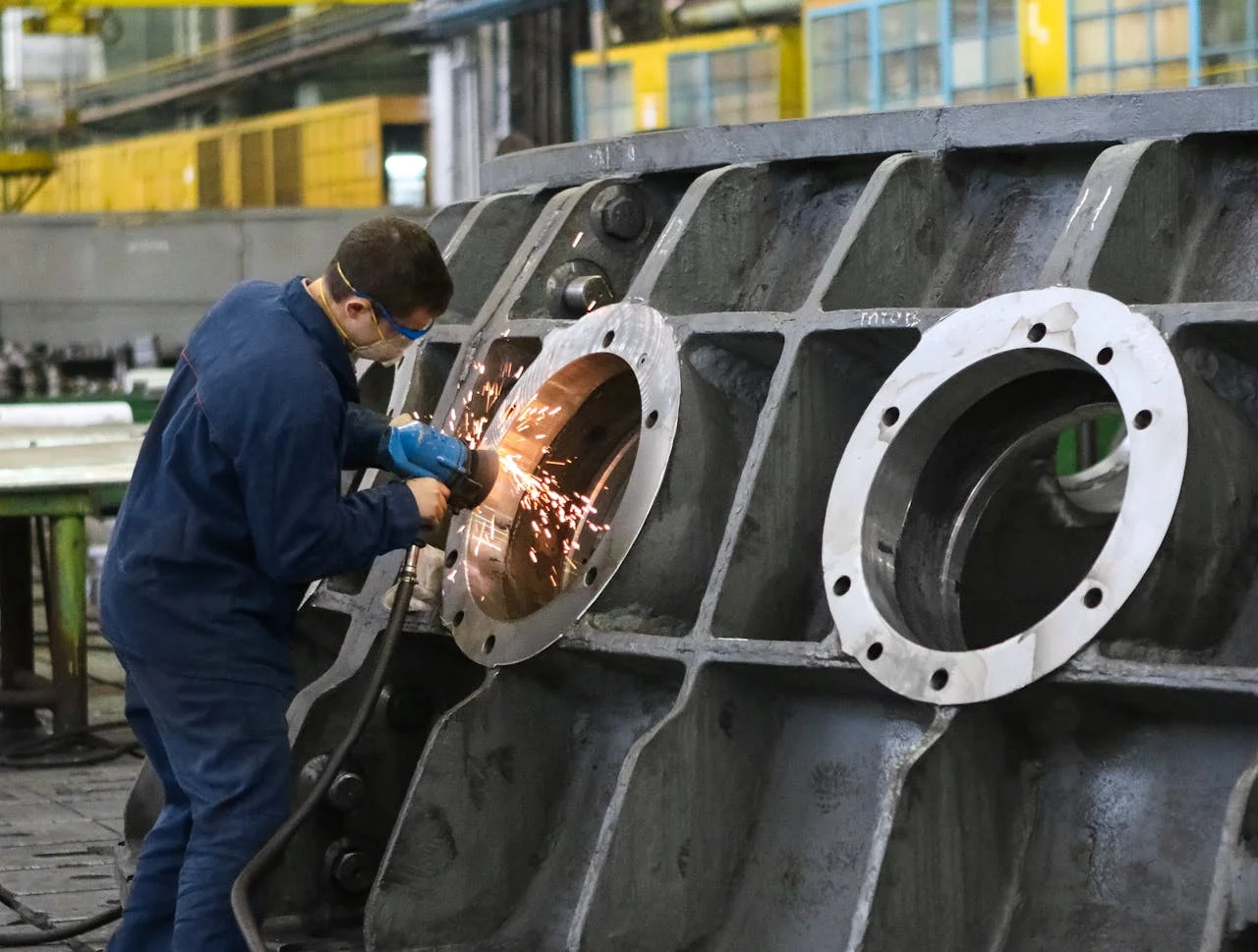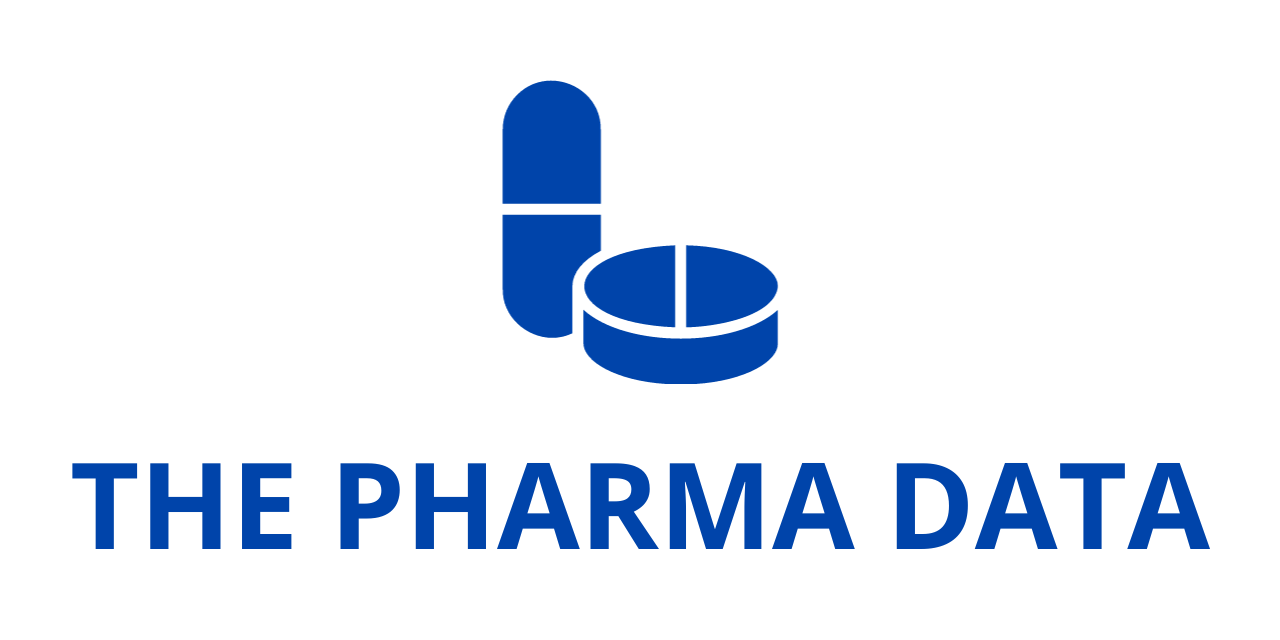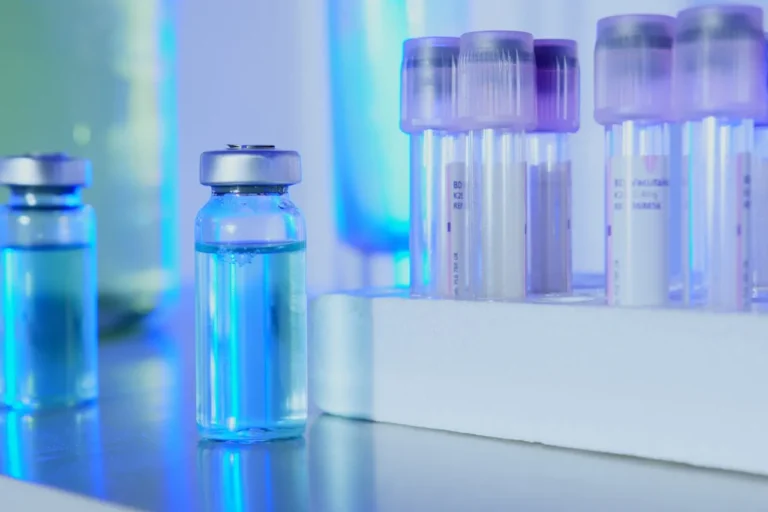
Peptide manufacturing for commercial-scale production primarily employs two main methodologies: synthetic and recombinant. Each method presents unique advantages and challenges, crucial for stakeholders in the pharmaceutical industry to consider when determining the most suitable production strategy. In this article, we’ll examine the current state-of-the-art, strengths, weaknesses, and future prospects of both approaches.
Recombinant Peptide Synthesis
Recombinant peptide synthesis involves utilizing genetically engineered organisms like bacteria, yeast, or mammalian cells to produce peptides. Here, the DNA sequence encoding the desired peptide is integrated into the genetic material of a host organism. The modified DNA guides the host organism’s cellular machinery to synthesize the peptide during growth and division.
During recombinant synthesis, the host organism translates the modified DNA into the peptide chain, often enabling post-translational modifications crucial for biological activity. These modifications include phosphorylation, glycosylation, and formation of disulfide bridges, enhancing the functionality of biologically active peptides.
Advantages of Recombinant Synthesis:
Cost-effectiveness for large-scale production due to lower media costs. Capability to facilitate 3D protein folding and post-translational modifications. Reduced ecological footprint and sustainability due to leveraging biological systems. Efficient production of long-chain peptides compared to synthetic methods. Challenges in Recombinant Synthesis:
Complex purification needs due to impurities, necessitating extensive downstream processing. Potential for immunogenicity and biological contamination. Lengthy development cycles and upfront costs. Limited accommodation of complex chemical modifications. However, advancements are expected to mitigate challenges like lengthy development cycles and limited modification accommodation in the future.
Synthetic Peptide Synthesis
Synthetic peptide synthesis involves chemically constructing peptides in a laboratory without biological organisms. This method sequentially links amino acids through chemical reactions, typically employing solid-phase peptide synthesis (SPPS) or liquid-phase peptide synthesis (LPPS).
Advantages of Synthetic Synthesis:
Precision, customization, and incorporation of diverse chemical modifications. Automation, scalability, and rapid production. Elimination of biological contaminants and immunogenic triggers. High-quality peptides with known impurities. Challenges in Synthetic Synthesis:
Complex starting materials and high material costs. Scale-up and process optimization challenges. High process mass intensity and organic solvent waste. Error accumulation, particularly prohibitive for longer peptides. However, technological innovations are expected to alleviate challenges such as high material costs, scale-up, and process optimization.
Chemical Synthesis and Hybrid Approaches Gain Prominence
Chemical modifications of peptides address pharmacokinetic challenges, making chemical synthesis and hybrid approaches increasingly preferred for next-generation peptide APIs. Chemical synthesis excels in producing stable molecules, aligning with trends like oral administration and accelerated drug development.
Technological innovations, such as soluble-anchor based Molecular HivingTM and continuous purification methods, support the scalability of commercial production, making chemical synthesis an attractive option for pharmaceutical companies aiming for innovation.




